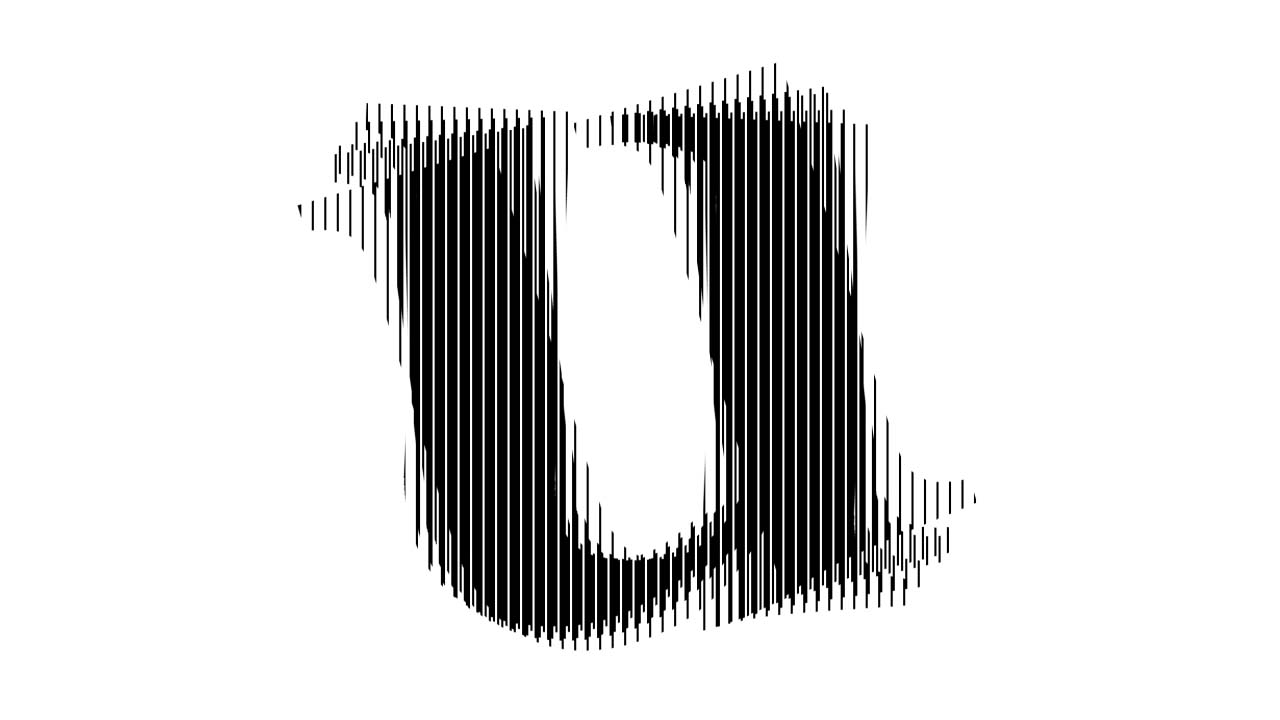
We’ve finally got round to the final part of the 15 styles of animation, and bear with us. Some of these are getting super niche. That said, what we love about this world is how many different techniques you can use to create movement.
Google glass, or Pokemon Go were for many of us, our first encounters with the world of AR. We’ve covered VR in part 2, where it’s use as a tool was probably more prominent than as a technique.
As a tool AR is becoming a great tool to allow companies to recreate real-life situations. As a result of this use, animation studios are having to learn how to animate in real time, with animation placed in the real world.
Disney are of course looking into how this helps them become more efficient, and have developed an interactive colouring product using this technology. In my opinion, AR has huge potential. Much greater than VR as it transports animation into the real world. Exciting times ahead.
For many this will be their first encounter with animation. Doodles on the corner of a pad, with a thumb bending the pages until they spring to life. frame by frame. A page flipping from one image to the next is still the basis of all traditional drawn animation, often done on larger sheets, overlaying one image over another.
On a different note, it can’t be avoided that Flipbook is also the name of the fantastic studio in Manchester. Friends of Mighty Giant and a huge part of the animation studio scene in the north of England.
Who better to help explain a Zoetrope than Pixar. Even better they combine the explanation of the Zoetrope with how the flipbook works in this great explainer. Both are very closely aligned.
The traditional Zoetrope is viewed through a fine gap, which works as a shutter. The effect can also be realised using a strobe light running at the same speed as the frame rate required to conjure the movement.
Scanimation is a state-of-the-art six-phase animation process that combines the “persistence of vision” principle with a striped acetate overlay to give the illusion of movement. That’s according to the site rufustiles.
This is the first type of animation in our 15 that doesn’t involve the viewer taking in the animation through a screen or device. It’s a physical piece of art, with no moving parts or electricity. The animation happens according to the movement of the viewer.
In my mind it’s a similar method to the rulers you had as a kid, where you tilted them one way or another and a lion would jump, or a dolphin splash into the sea. As a technique it still relies on a series of images causing the illusion of movement, and for that reason it’s in.
It’s possibly a contentious opinion, but we are on number 15, so why not. Claymation is, technically, the use of Clay, or plasticine, to make models and animate from them. Think Morph or Wallace & Gromit. However I believe it’s moved on to define a style that looks clay, but can be rendered in a variety of ways.
We’re working on a brief now which is purely 3D and digital, but the style was set up to look “like clay”. You can see the clay aesthetic in this beautiful piece by Buck, but not a piece of plasticine will have been touched; everything is created in 3D software.
Claymation is the desire for something less polished, with wobbly sides, and the sense it’s been handled.
—
And that’s it. The 15. I’ll admit, we struggled towards the end, and some have quite a bit of overlap. Also please shout if we missed any. It’s been enjoyable learning more about each of these disciplines and techniques. And if you’ve got a brief that you’d like a Zoetrope building for….we’re all ears 🙂